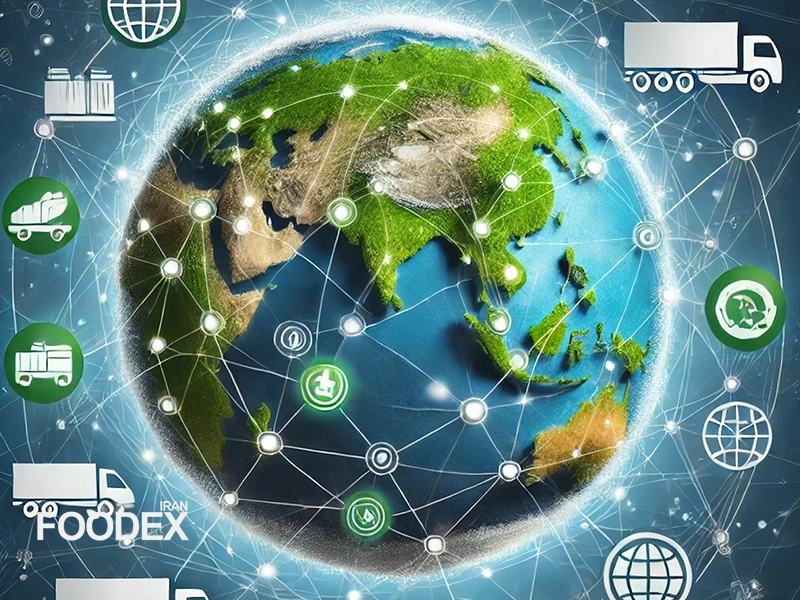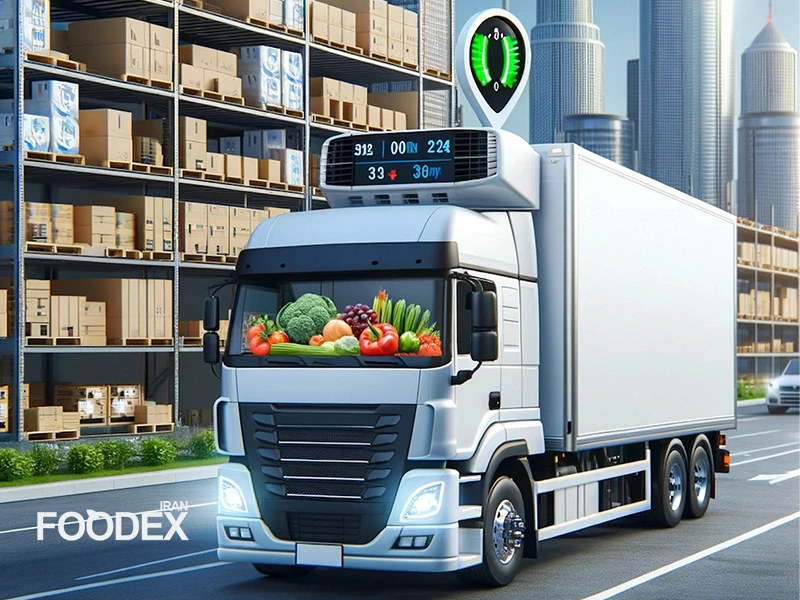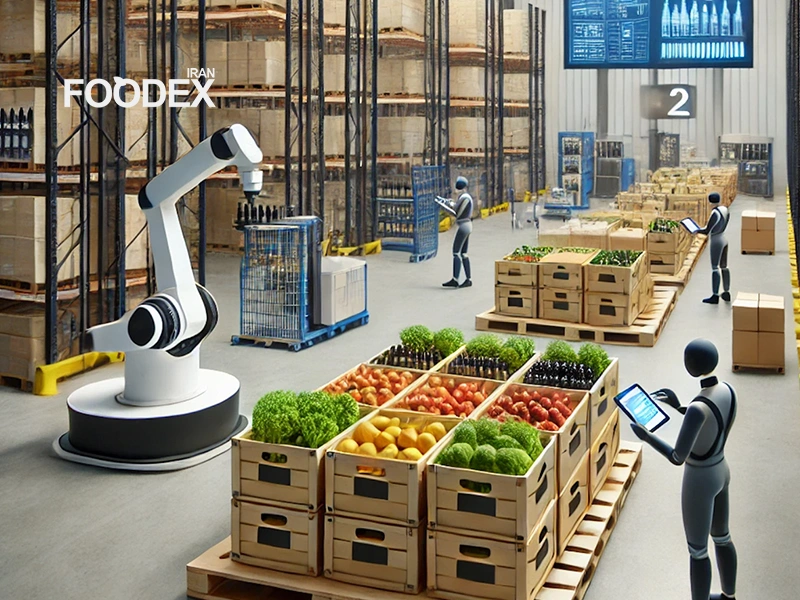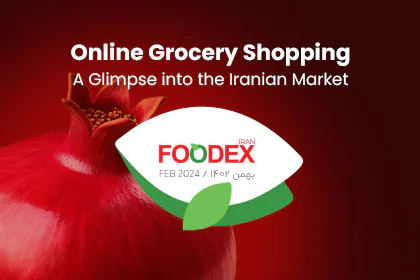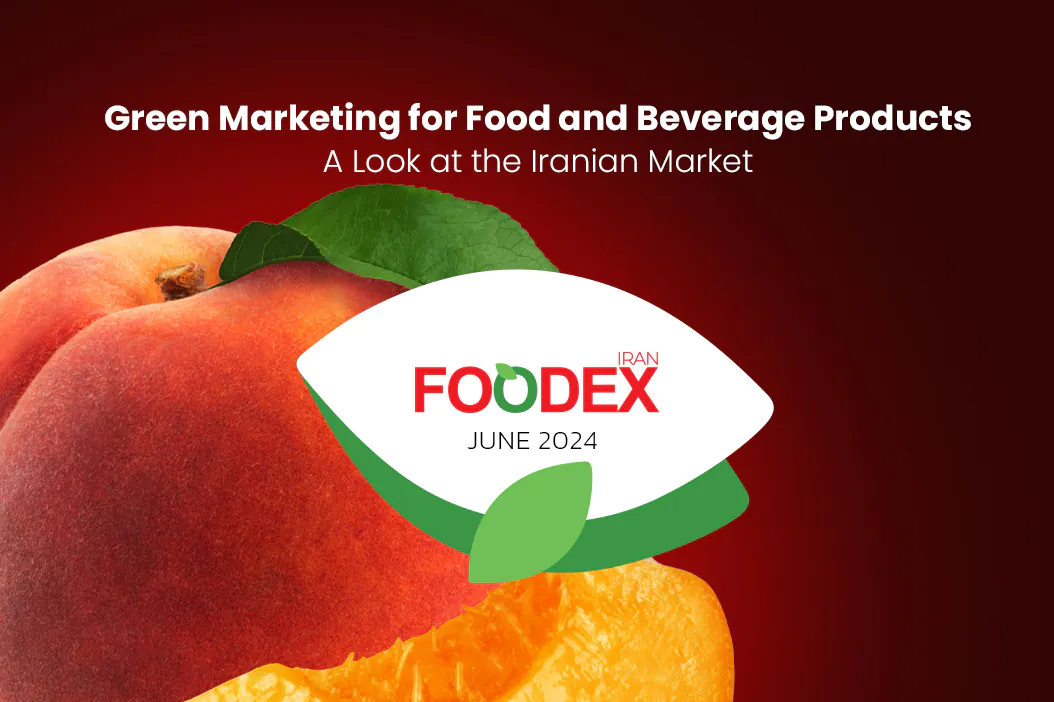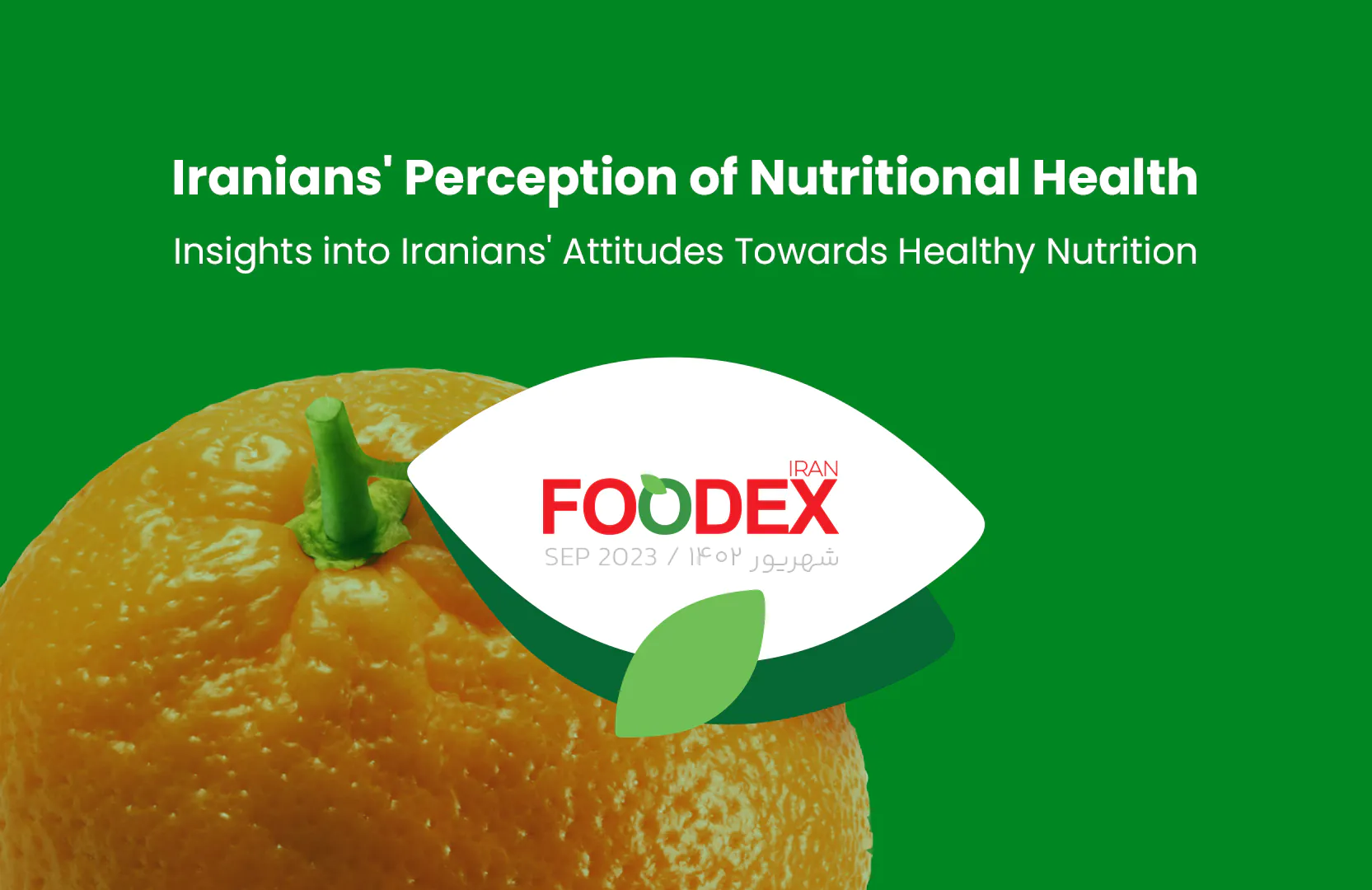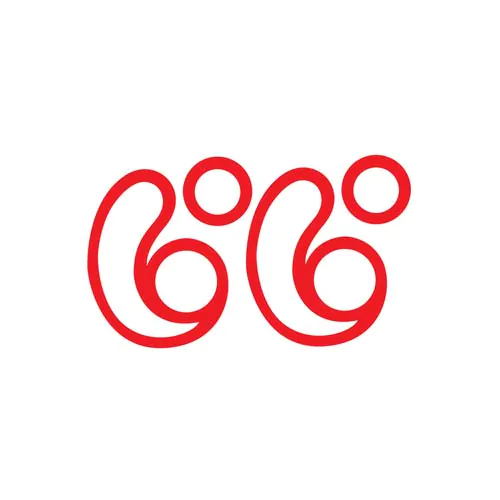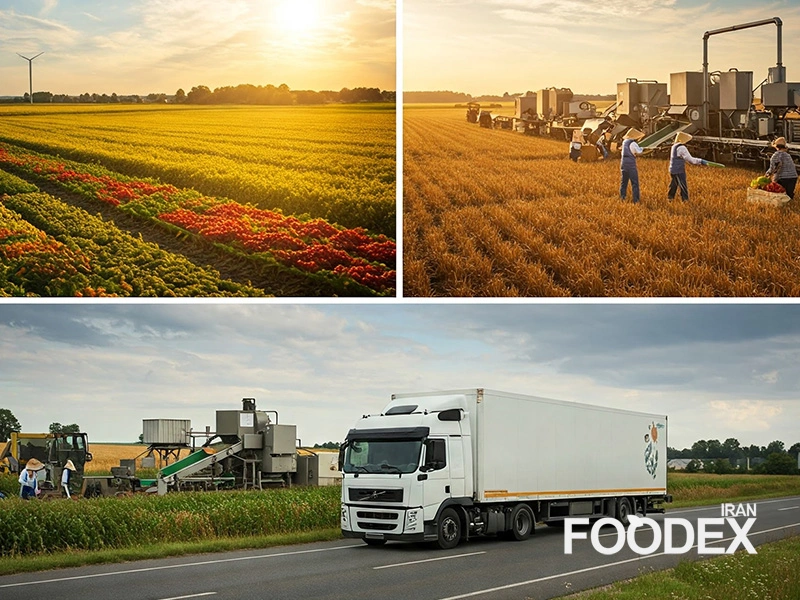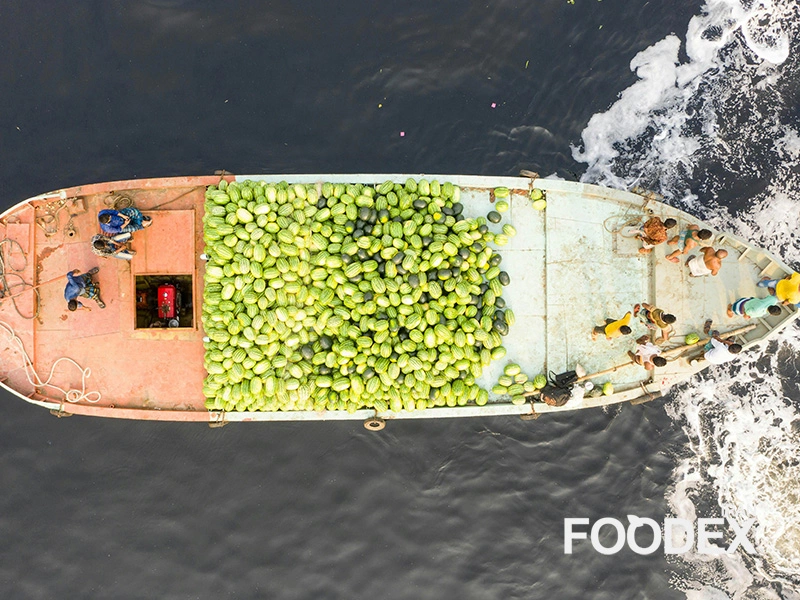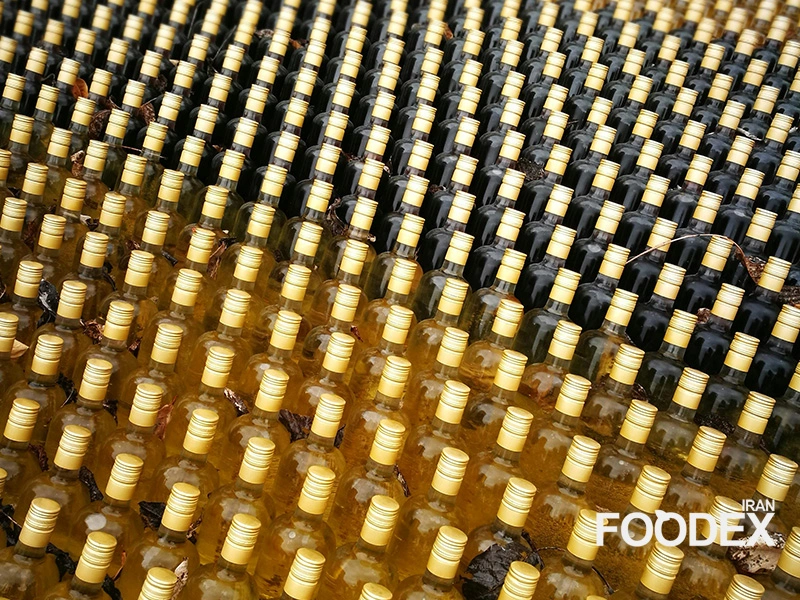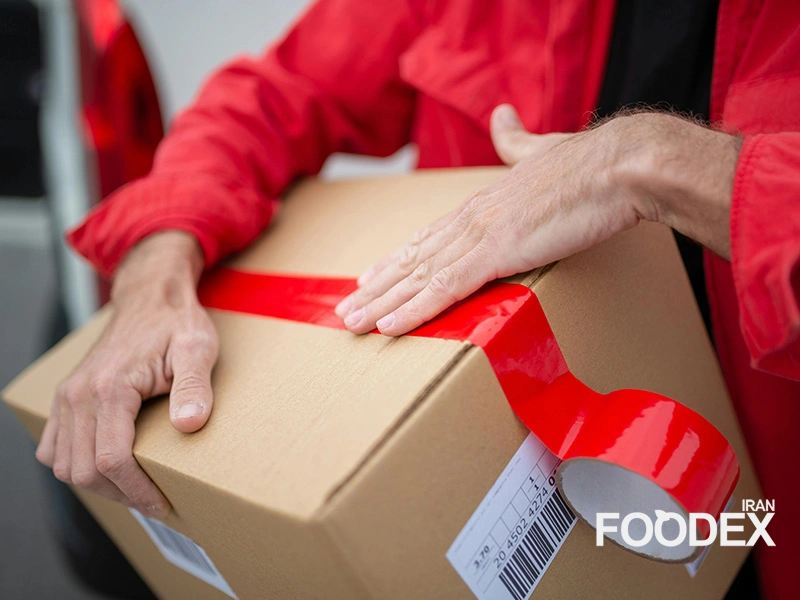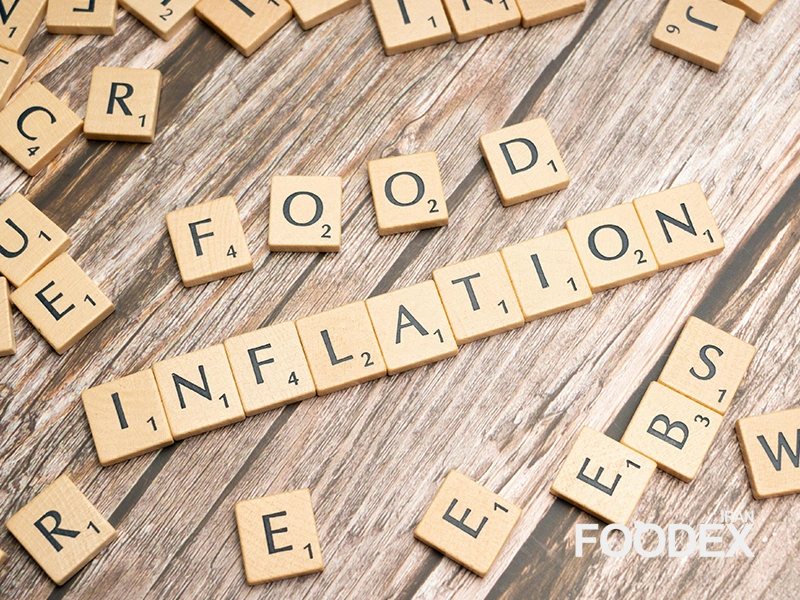Because of the growing use of electronic systems, third-party logistics remains one of the critical methods applied now in supply chain management where many industries are taking a sharp turn. In such-sensitive food and beverage, the above logistic would work out the difficult critical requirements of temperature control associated with perishable foods, accommodation, safety, and health-related compliance in a productive manner. First off, 3PL entered into force in the 1980s and has seen tremendous growth. The forecast for the global market to pass $1.68 trillion by 2029 indicates that this field will further boom in the future. In the article below, Foodex Industry Magazine highlights some challenges and advantages of using third-party logistics in the food and beverage industry, their impact on supply chain efficiency, and what to expect in the future.
The Critical Role of 3PL in Food and Beverages
Supply chain management relating to food and beverages demands special approaches, as this particular industry is highly sensitive and encompassed with a lot of complexity. The main challenges involved are refrigerated transportation, maintenance of temperature, and on-time delivery concerning the health standards. 3PL companies overcome these by providing premium services such as temperature-controlled warehousing, inventory management, and specialized transportation.
In critical periods, such as the one provoked by the COVID-19 pandemic, 3PL proved to be a very important player in the supply chain. It helped companies to cope with sharp changes in consumer demand for online purchases and the increase in order volumes, preventing serious disruptions to supply chains.
Steps to Successfully Implement a 3PL
The implementation of 3PL in food and beverages requires a painfully planned and sequentially executed approach.
Needs Analysis and Internal Audit
The companies should first analyze their very own logistics needs, be it warehousing, transport, delivery scheduling, and health compliance needs. For example, beverage products require particular attention in regard to perishable product management and precise delivery timing. This stage also comprises budgeting and setting explicit goals, such as reducing delivery time and enhancing the quality of transportation.
Selection of the 3PL Provider
Choice of 3PL provider involves evaluation and comparison of alternative 3PL service providers. Key selection criteria for 3PL providers might include experience in the food and beverage industry, a cold chain management capability, or the use of advanced technology. Once selected, services, costs, and service levels are outlined and agreed upon in a contract.
System Design and Integration
WMS and TMS have to be integrated with the 3PL provider’s technologies for effective supply chain management. Accurate product location and enhanced reporting are possible with this integration. Transportation routes should also be routed in a way that congestions can be avoided so that delay and costs are reduced.
Initial Implementation and Testing
The pilot is a very critical phase where early identification of problems relating to delivery delays or products’ temperature can be identified. The internal teams should be trained on how to work in conjunction with the new systems.
Assessment and Optimization
In the post-pilot phase, the performance of 3PL is reviewed for improvements regarding different aspects, whether on the route of transportation for more efficiency or better utilization of the warehouse.
Scalability and Growth
Finally, the 3PL services are extended to all production lines, while systems are upgraded to handle larger volumes of production.
Optimizing the Food Supply Chain
Read MoreKey Benefits of 3PL in Food and Beverage
Among the most important benefits derived from collaborative logistics is reduced food waste through better management of resources. 3PL companies have a role to play in reducing carbon footprints with greener transportation solutions such as electric vehicles and modern warehousing technologies. The model also enhances customer satisfaction and allows companies to improve market competitiveness by reducing operational costs and improving delivery time. The integration will be further smoothened in the times to come with the use of technologies such as robotics and artificial intelligence.
Success Stories from Leaders
Such major companies as Coca-Cola and PepsiCo have taken full benefit from 3PL services while optimizing their supply chains. These companies leveraged the options provided through international transportation solutions along with temperature-controlled warehousing options to bring down the costs besides assuring quality products.
Innovation in Food and Beverage Supply Chain Management
The third-party logistics is particularly suitable in managing the criticalities of food and beverage supply chains. Speed, accuracy, sustainability with an adapted model for speed responses to changes in the needs of the market-achieve it.
FAQ
1. What is third-party logistics (3PL) in the food and beverage industry?
Third-party logistics (3PL) involves outsourcing logistics operations like warehousing, inventory management, and transportation to specialized service providers. In the food and beverage industry, 3PL ensures efficient handling of temperature-sensitive goods, compliance with health standards, and timely delivery.
2. What are the key benefits of using 3PL in the food and beverage supply chain?
The key benefits include:
Reduced food waste through efficient resource management.
Sustainability with greener transportation solutions (e.g., electric vehicles).
Cost savings from optimized logistics operations.
Improved customer satisfaction due to timely deliveries and quality maintenance.
3. How do companies successfully implement 3PL services?
Successful implementation involves several steps:
Needs Analysis: Identifying logistics needs like warehousing and transport.
Provider Selection: Choosing a 3PL provider based on experience and capabilities.
System Integration: Merging WMS (Warehouse Management System) and TMS (Transportation Management System) with 3PL technologies.
Pilot Testing: Running initial trials to identify and fix issues.
Optimization and Growth: Expanding services and optimizing processes for efficiency.
Sources
IFPRI, 2023. Global Food Policy Report.
Mordor Intelligence, 2024. 3PL Market Growth Report.
Food Logistics, 2024. 3PL Trends and Challenges.
StartUs Insights, 2024. Top 10 3PL Trends.
AutoStore System, 2024. The 3PL Landscape Report.
Ehsan Allahverdi
Executive Manager of Foodex Iran
Marketing Consultant for Leading Food & Beverage Brands
website | linkedin

